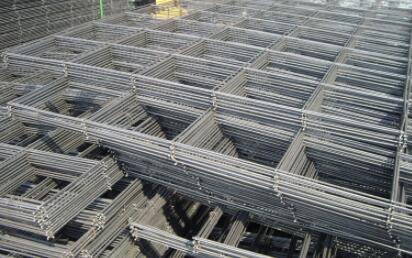The Unseen Importance of Concrete Nails in Construction
In the world of construction, where strength and durability are paramount, concrete nails play a pivotal yet often unnoticed role. These specialized fasteners are designed specifically for use with concrete and masonry materials, providing a robust solution for securing various fixtures, frameworks, and components. Understanding the significance of concrete nails not only helps in appreciating their functionality but also in optimizing them for efficiency and safety in construction projects.
What Are Concrete Nails?
Concrete nails are heavy-duty fasteners made from hardened steel, designed to penetrate concrete, brick, and similar materials without bending or breaking. Their distinctive features include a thick body and a sharp point, which allow them to drive deeply into hard surfaces. Unlike traditional nails used in wooden structures, concrete nails are engineered to resist shear and tensile forces, making them ideal for securing structural components, electrical fixtures, and even decorative elements.
Applications of Concrete Nails
The range of applications for concrete nails is vast. They are commonly used in various construction projects, such as
1. Framing Sturdy connections are essential in framing, especially in residential buildings or commercial spaces where walls need to be anchored to floors and ceilings effectively.
2. Fixtures and Fittings Concrete nails are crucial for hanging items such as shelves, cabinets, or even heavy machinery in industrial settings. Their strength ensures that these fixtures remain securely in place, enhancing safety and functionality.
3. Outdoor Structures For outdoor projects like decking, patios, or fences built against concrete surfaces, concrete nails provide the necessary durability against weather elements, ensuring longevity.
4. Repair Work In renovation projects, securing new materials to existing concrete structures often requires concrete nails, giving builders versatility in how they approach repair and restoration.
concrete nail 2

Choosing the Right Concrete Nail
Selecting the appropriate type of concrete nail is critical for the success of a construction project. Factors such as the thickness of the material being fastened, environmental conditions, and load-bearing requirements must be taken into consideration. Concrete nails come in various lengths and diameters, and certain applications may require additional features such as corrosion resistance or specialized coatings for outdoor use.
Installation Tips
Installing concrete nails may seem straightforward, but there are techniques to ensure efficacy and safety. Here are a few tips
- Pre-drilling For tougher concrete, pre-drilling a pilot hole can make driving in the nail easier and reduce the risk of damaging the material.
- Using the Right Tools A hammer may suffice for lighter applications, but using a pneumatic nail gun can enhance efficiency and precision, especially in larger projects.
- Angle Matters When driving in a concrete nail, consider the angle of entry. A slight incline can improve holding power, especially in overhead installations.
- Safety First Always wear appropriate safety gear, including goggles and gloves, when working with concrete nails, as the installation process can create flying debris.
Conclusion
In conclusion, while concrete nails may not be the star of the construction show, their importance cannot be overstated. They offer structural integrity, versatility, and reliability, ensuring that concrete structures and fixtures function as intended. From securing frames to heavy-duty applications, concrete nails form the backbone of effective construction practices. By understanding their features, applications, and proper installation techniques, builders can harness the full potential of these unassuming but vital components. Ultimately, this knowledge not only contributes to the quality and durability of construction projects but also enhances safety for everyone involved.

















